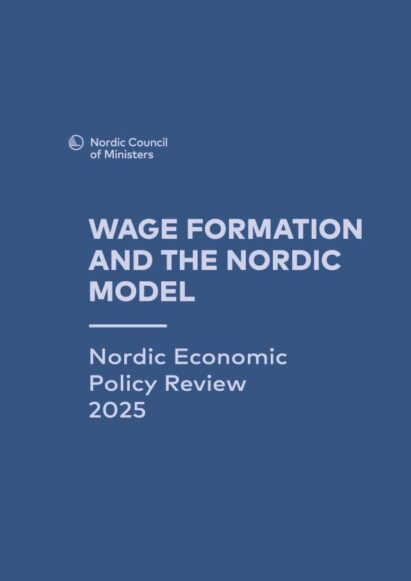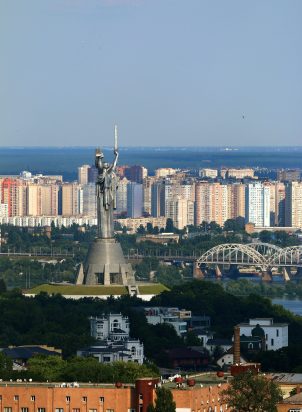One particular feature distinguishing the Nordic countries from the rest of the industrialised world is the wage-setting system. The Nordic model has traditionally involved strong trade unions and strong employers’ associations. Despite its recent decline, union density is still higher in the Nordic countries than anywhere else in the world. Membership of employers’ associations is also high. As a result, contracts negotiated between the labour market parties cover the vast majority of the workforce. This issue of the Nordic Economic Policy Review examines the contemporary issues of Nordic labour markets in five articles.
Lars Calmfors: The article provides a comprehensive review of how these systems operate in Denmark, Norway, Sweden, and Finland, examining their theoretical underpinnings, practical implementation, and economic impacts.
Antti Kauhanen: The article analyses the impacts of extending collective bargaining agreements in Nordic labour markets.
Mette Ejrnæs and Astrid Würtz Rasmussen: The article provides a comprehensive analysis of public sector wage-setting in the Nordic countries, with a particular focus on Denmark.
Anders Kjellberg: This article provides a detailed analysis of union density in Nordic countries.
Harald Dale-Olsen: The article examines the multifaceted impacts of labour unions on workers, firms, and the broader economy, with a particular focus on comparing evidence from Norway and the United States.






